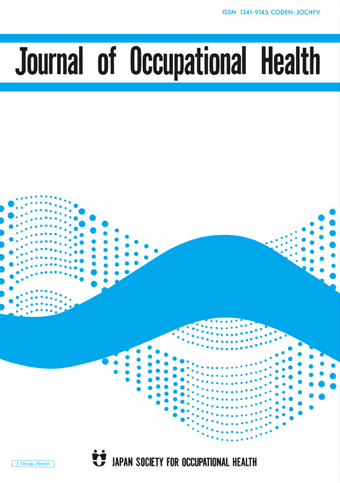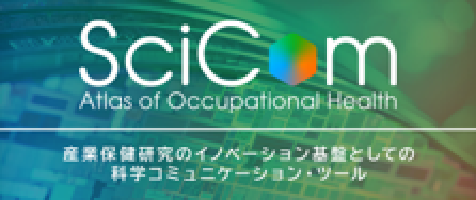Evaluating Toluene and Methyl Ethyl Ketone Exposure among Workers at a Manufacturing Factory in Bangkok
Manufacturing factories in Thailand tend to have poor ventilation. They cause organic compounds like Toluene and Methyl Ethyl Ketone (MEK) to widely spread in the workplace. Workers, who inhale these compounds, face the risk of adversely damaging their health. Therefore, it is important for factories to monitor these to develop effective safety and health strategies.
In our cross sectional study, we measured the concentrations of Toluene and MEK in a rubber shoe manufacturing factory in Bangkok. The factory was medium-sized and used about 600 liters of each Toluene and MEK every month. 180 workers (75%) from the factory participated in our survey. They attended short interviews of about 10 minutes with our team of researchers and factory managers in a quiet and private room.
We gathered information on demographics, working conditions, and symptoms of illnesses. Urine samples were collected from 165 workers and air samples were collected by pinning monitors on 20 workers. A walking observation survey was also conducted in the end to capture any other information that may have been useful.
Most (87.8%) of the workers were female. Their average age was 29.6 years and the majority (78.3%) had been working at the factory for 1-5 years. 58.3% of the workers worked 10-12 hours per day and all workers worked six days a week. Full personal protection equipment (PPE) was always worn by only 65.6% of the workers, but all workers wore a carbon mask.
The median Toluene and MEK levels in the air were 681 ppb and 7.23 ppm, respectively. Both were less than the exposure limits. Median Toluene and MEK levels in urine samples were 3.14 µg/L and 82.7 µg/L respectively, with the Toluene level exceeding the exposure limit in 27 cases.
Over 10% of the workers experienced forgetfulness and dyspnea. The latter was significantly and positively related to the MEK level in urine samples. Interestingly, there were 7 cases with low levels of Toluene and MEK in air samples but high levels in urine samples. The walking observation survey suggests this could be because they sat in leeward positions and didn’t wear PPE or gloves while working.
Our study identified several areas of improvement for the factory. Most importantly, the workers must be educated by managers on the ill effects of chronic exposure to Toluene and MEK at the workplace and be provided with adequate PPE.
Link to the original journal article:
https://www.jstage.jst.go.jp/article/eohp/1/2/1_2019-0004-FS/_html/-char/en
Exposure to toluene and methyl ethyl ketone among workers in a rubber shoe manufacturing factory in Bangkok, Thailand: evaluation using personal sampling
Srirat Lormphongs, Ikuharu Morioka
Here are some ways you can make it easier for your plain-language summary to be discovered once it has been published:
- Upload the summary on your personal, lab/research group, or university website.
- Share the published content with peers and colleagues through your personal social media accounts (Facebook, Twitter, Blogs, and LinkedIn). Link this back to the journal’s social media promotions for your paper.
- Include the link to the published post in your email signature line.
News & Announcement
-
Mar 14, 2025EOH-P has been listed on PMC/PubMed!The articles published in EOH-P have been registered with PMC/PubMed, the U.S. Nation...
-
Jun 11, 2021Lay Summary page open!Lay Summary page provides you article summaries in order of study categories. You can...
-
Oct 1, 2019EOH-P is now released!The Environmental and Occupational Health Practice (EOH-P) has been released. Please ...
Journal Info
Average 46.14 days from submission to first decision
Average 120.95 days from submission to acceptance







